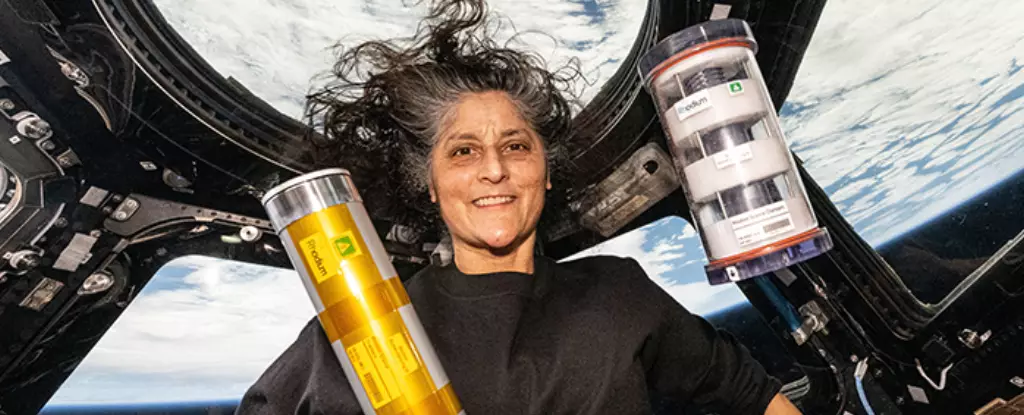NASA has recently documented a significant delay in the return of two astronauts from the International Space Station (ISS), extending their stay from an originally planned eight days to a staggering nine months. Veteran astronauts Butch Wilmore and Suni Williams arrived at the ISS in June aboard Boeing’s Starliner spacecraft, expecting a brief mission. However, technical issues with the spacecraft’s propulsion system catalyzed a series of unexpected complications, leading NASA to reconsider the return strategies for the stranded crew.
Initially, the plan called for Wilmore and Williams to return to Earth shortly after their arrival. In response to the propulsion system anomalies detected during their flight, NASA opted to retrieve them aboard a later SpaceX mission, dubbed Crew-9. Scheduled to launch in late September, Crew-9 would bring two astronauts to the ISS while leaving two seats available for Wilmore and Williams on their return trip. Unfortunately, subsequent updates from NASA revealed that the timeline for Crew-9’s relief mission, Crew-10, has been pushed back, possibly delaying their return until late March 2025.
The Larger Implications of Delays
This unexpected extension of their mission has raised questions within the scientific and aerospace communities regarding the robustness of existing spacecraft systems and mission planning. SpaceX has consistently demonstrated reliable flight schedules, conducting crew rotations approximately every six months. However, the delays associated with the Starliner have underscored vulnerabilities in both NASA’s and Boeing’s operational frameworks when it comes to international collaboration and multi-spacecraft operations. Despite these setbacks, it is crucial for NASA and SpaceX to work collaboratively, ensuring that the upcoming Crew-10 mission is thoroughly vetted and prepared for the launch by the targeted late March timeframe.
The extended stay presents a unique opportunity for Butch Wilmore and Suni Williams to conduct additional research and experiments onboard the ISS—something they had not anticipated at the onset of their mission. Typically accustomed to brief engagements, astronauts may find a lengthy period in space both rewarding and challenging. The psychological and physical impacts of prolonged microgravity exposure could provide valuable data for future long-duration missions, including those planned for Mars or the Moon.
As the crew adapts to their unexpected circumstances, they will continue to support ongoing scientific experiments, contributing to endeavors that may shape humanity’s future in space exploration.
While the situation remains fluid and challenging for NASA, the eventual return of Wilmore and Williams will mark a pivotal moment for human spaceflight, highlighting both the resilience and the unpredictability inherent in space travel. As industry stakeholders closely monitor the developments surrounding Crew-10 and the ongoing operational adjustments, it is evident that the return of astronauts to Earth will signify not just the conclusion of their journey but a learning opportunity for future missions. Through perseverance and innovation, NASA and its commercial partners continue to push the envelope of what is possible in space exploration, inviting humanity to further contemplate our place among the stars.

